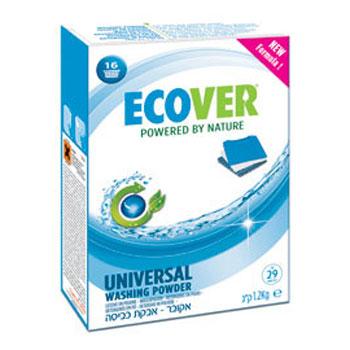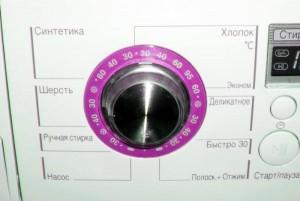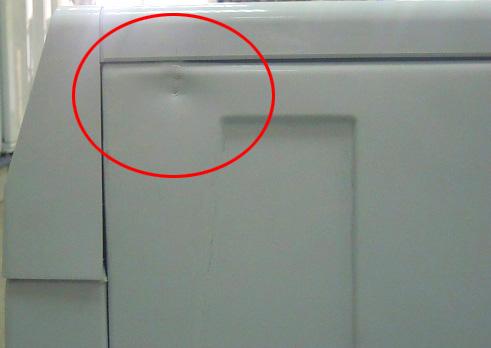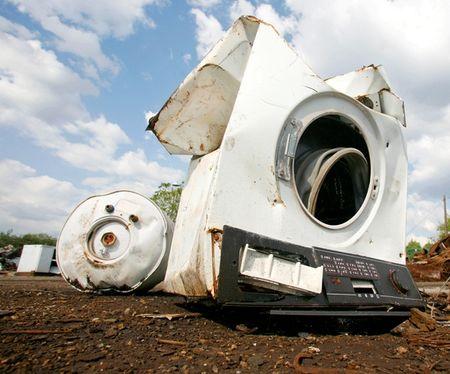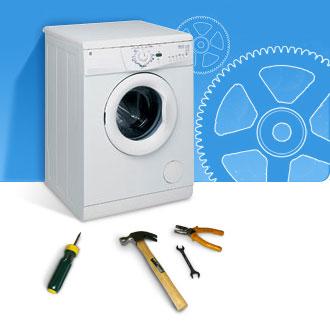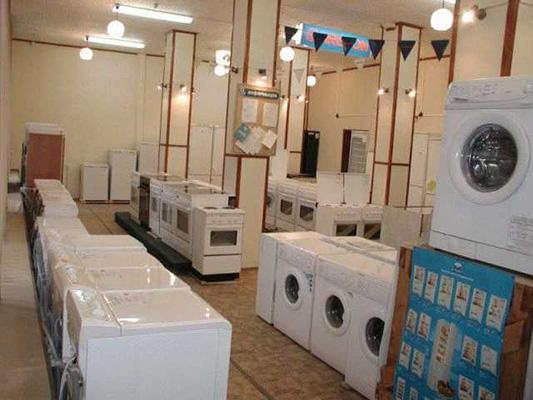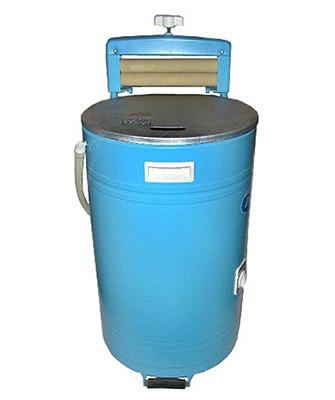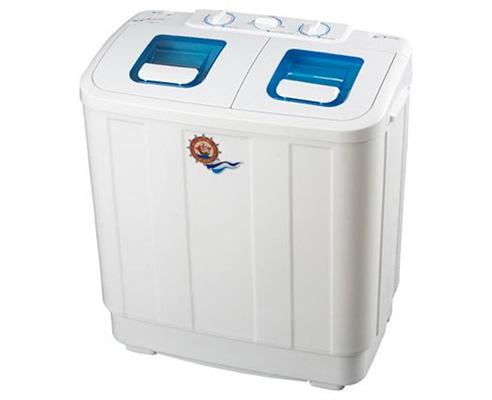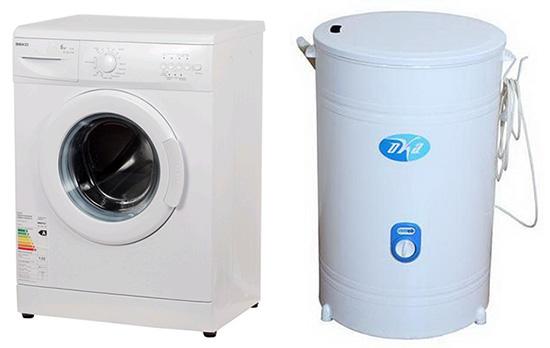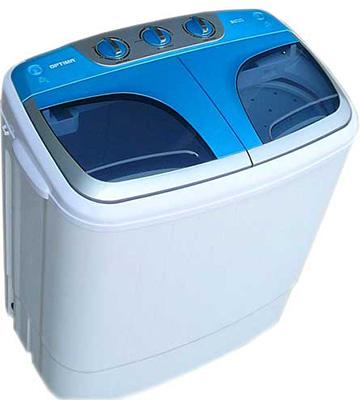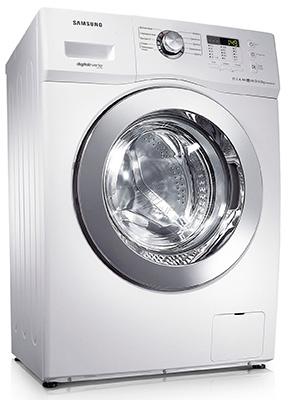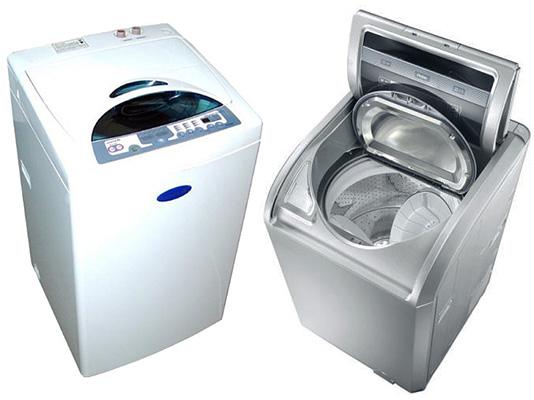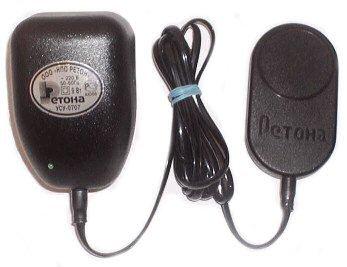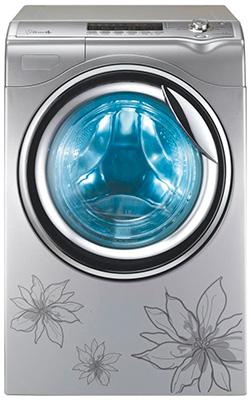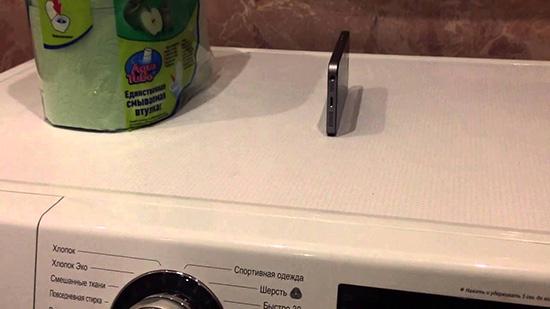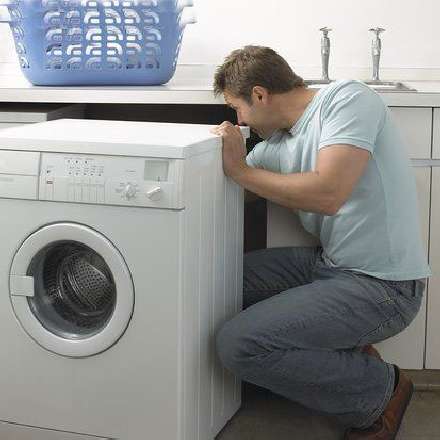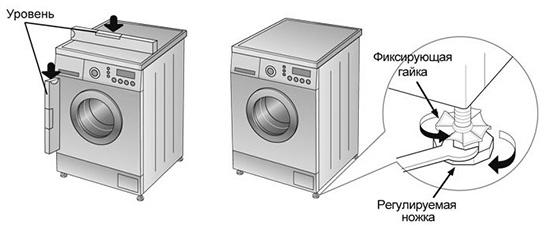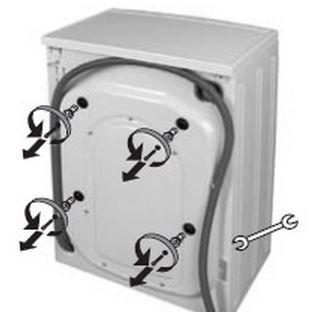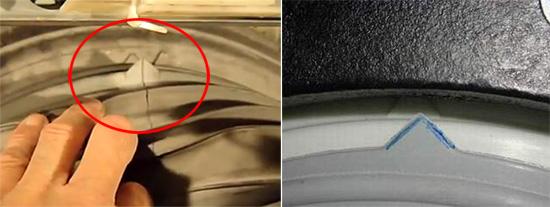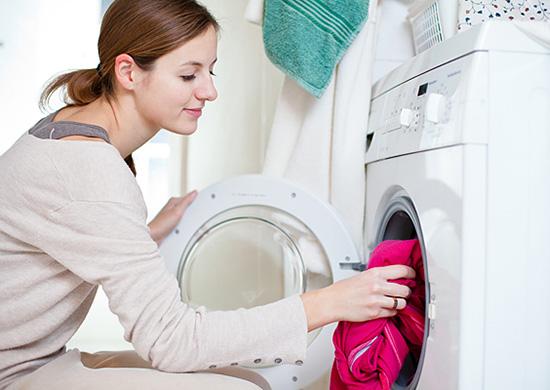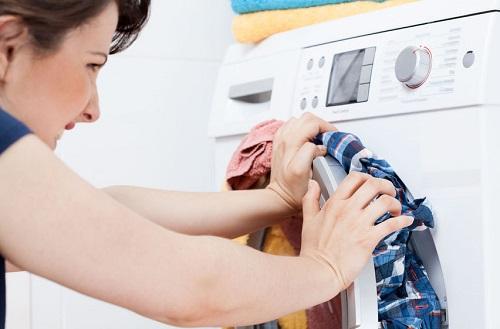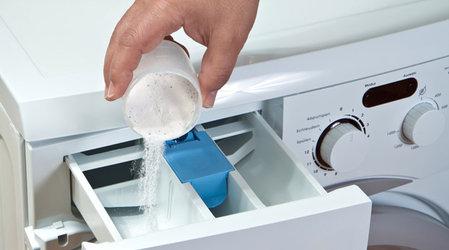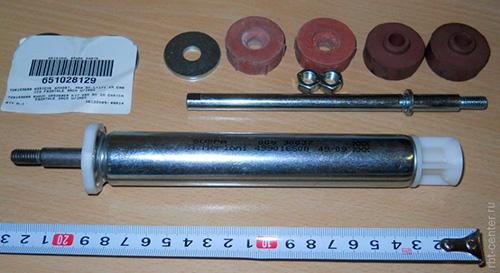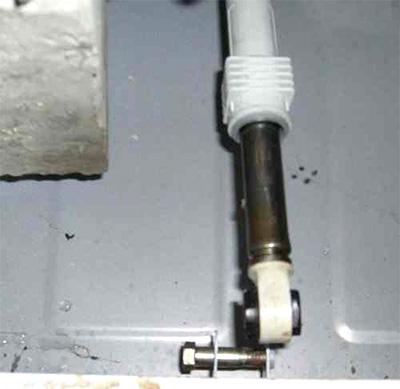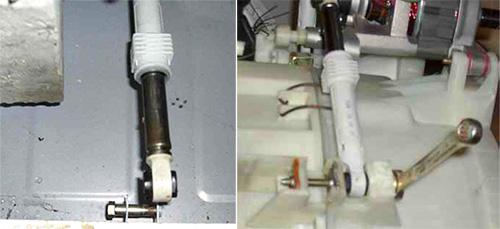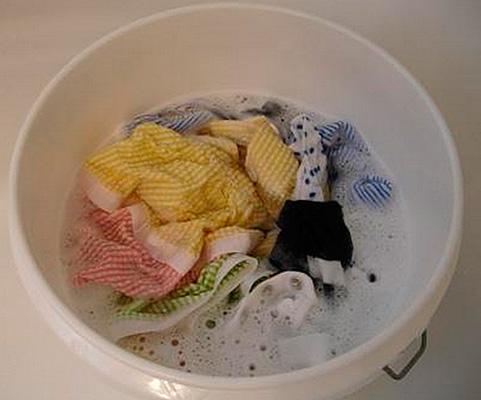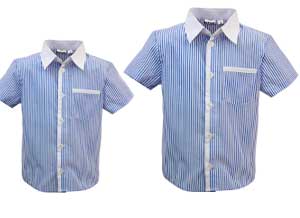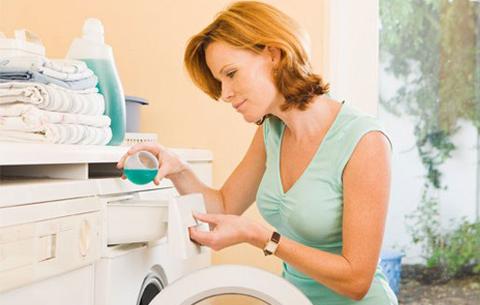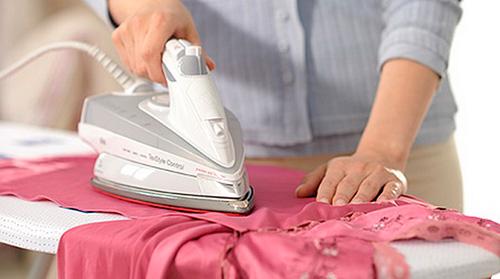A sparking washing machine is a sure sign that it is close to breaking or has already broken. In no case should you joke with this, since the operation of faulty equipment is unacceptable. Moreover, there is always water in the washing machine, which can aggravate the situation. If sparks appear under the bottom, then this is most likely sparking the engine of the washing machine. But there can be many reasons, which will be discussed in this review.
The localization of the source of sparks is quite simple, but for this we need tools with which we will get to the insides of the device - screwdrivers, wrenches, pliers. If you notice sparks, then stop the washing machine interrupting the wash and disconnect it from the mains to protect yourself and the equipment from a possible short circuit - do not forget that there is water inside the machine.
After that, you need to look inside the device and carefully inspect the engine, the control module and the wires going in different directions (damage to the insulation and short circuit to the case should be excluded). For convenience, you can remove the back wall - then we will have an excellent view of the engine and other innards. If the source of sparks remained non-localized, we start the machine and carefully inspect the machine components. During the washing process, sparks can be here:
- TEN, heating water in the tank;
- Lamels and brushes of the electric motor collector;
- Electronic module.
It is these three components that are the sources of sparking.
Sparking washing machine motor
If the washing machine sparks from below, then the matter is most likely in the electric motor that drives the drum. In most cases, brushed motors are used here, which eventually wear out and begin to mope. But do not be upset - a complete replacement is most often not needed., a do-it-yourself engine repair will result in a simple replacement of brushes. Let's try to consider the repair work in more detail.
Washing machine motor brushes
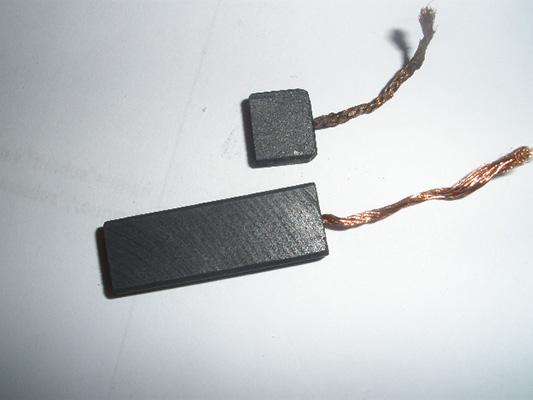
Brushed motors transmit electricity to the windings using graphite brushes that rub against a rotating commutator. A high rotation speed wears out the brushes, as a result of which they become the cause of sparks - contact with the lamellas becomes worse, sparks and even an unpleasant smell appear. And the more wear, the more sparks appear at the point of contact between the rotating rotor and brushes.
The solution to this problem is very simple - you just need to change washing machine motor brushes. After that, the engine will be able to continue its work.In order to replace the brushes, you need to remove the belts from the motor shaft, disconnect the connecting terminals through which power is supplied, unscrew the motor fasteners and carefully remove it - at this stage, the tank to which the removed motor is attached may prevent us. A little skill and patience - and the engine will be removed.
Next, the problem will be solved in one of two ways:
- With engine disassembly (relevant for older models);
- No engine disassembly.
Old motors are designed in such a way that the brushes with fasteners are inside the housing - in this case, the motor must be disassembled, the brushes replaced and reassembled, paying attention to the fact that it must be assembled correctly (for this we mark one side with a marker so that we know how to combine several parts of the disassembled engine later).
If the engine is new, then you don’t have to disassemble it to replace the brushes - their holders are visible from the outside. In this case, the removal of the brushes is carried out with a conventional screwdriver, which is used to pry off the fasteners. As soon as the replacement is made, we install the engine in place and conduct test tests.
The brushes of the electric motor of the washing machine sparkle even if the machine is completely new, the contact is being lapped. The same thing can happen after replacing brushes that have worn out over time.
Engine manifold lamella failure
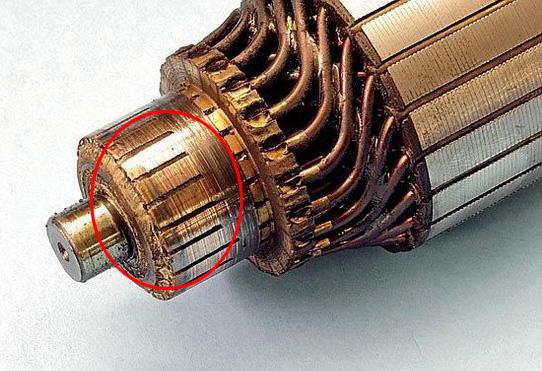
Does the washing machine motor spark? Then the reason may lie in faulty lamellas (contacts on the collector in contact with the brushes). Such breakdowns occur due to the overloads that some users subject the equipment to - excessively frequent washing and overloading the weight of the laundry.If you give the washing machine a rest and do not overload the drum with laundry, then the slats will be able to serve for many years without knowing any breakdowns.
What to do if the cause of sparking is broken lamellae? In this case, it is recommended to replace the entire engine - this will be the best way out of this situation. If the brushes can be easily replaced, then most likely it will not be possible to cope with the lamellas.
Spark heating element in the washing machine
Now we know why the washing machine sparks - if the sparks are strong and appear only while the electric motor is running, then the problem is in the engine. But sometimes the reason is completely different. For example, in a washing machine, a worn-out heating element can easily spark - in some cases, sparks are visible even through the glass. If this really happened, you should immediately turn off the power to the washing machine without touching its body.
Next, we get access to the heater and check it with a multimeter (in the diode test mode, with sound indication), touching it with probes to the current-carrying contacts and to the case - if the heater “breaks” into the case, then the multimeter will squeak and change readings. Instead of a multimeter, you can use pointer measuring instruments (in ohmmeter mode) - here it is easier to notice the slightest fluctuations in resistance.If the heating element is out of order, then it is subject to unconditional replacement - the heating elements are not repaired.
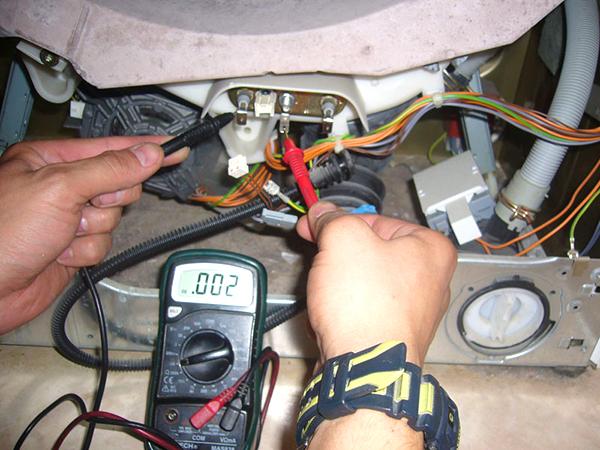
Sometimes the connection points of the heating element with wires can spark - in this case, you just need to clean the oxidized contacts.
Electronic module failure
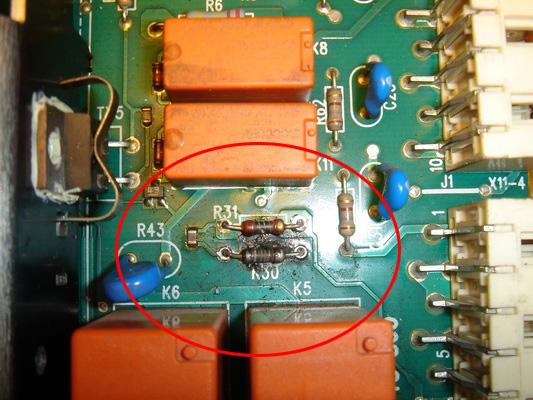
Failure of the electronic module can also cause sparks. But if we can still cope with sparks from the engine and from the heating element, then everything is much more complicated with sparks from the control module. The thing is that the appearance of sparks in this node most often means that the module is out of order. Usually after this washing machine won't turn on at all. Repair it at home, without special knowledge and equipment, will not work - need to go to a repair shop.
In the workshops, the module will either be repaired or completely replaced. The cause of sparks is most often the accumulation of dust on the conductive paths, accidental ingress of water or overvoltage in the mains supply. In any of these cases, sparks will manifest themselves only once - when some part burns out or a couple of tracks on the printed circuit board burn out.
Diagnosing a breakdown of an electronic module is very easy - for this you need to take it out into the light and inspect it. If the board has swollen electrolytic capacitors, burnt microcircuits, burnt tracks and other signs of damage, you can safely go with the washing machine to the nearest workshop.
But there is another way to repair an electronic module - you can order it at one of the service centers, and then install it yourself, saving a couple of thousand rubles on diagnostics and repairs.


